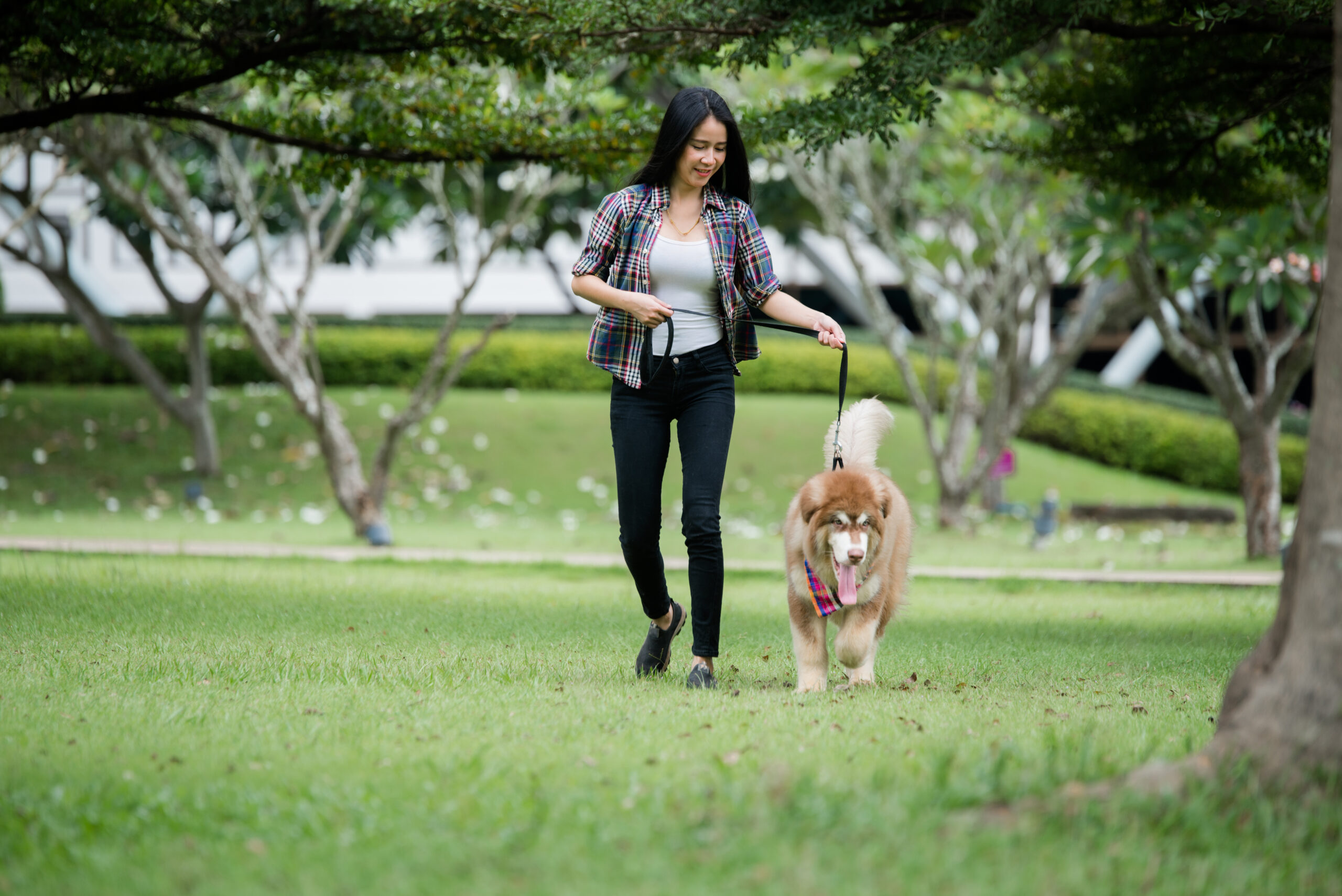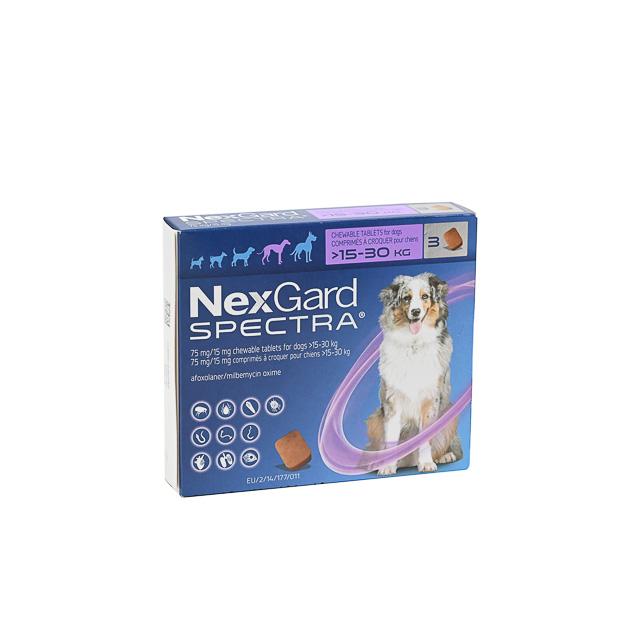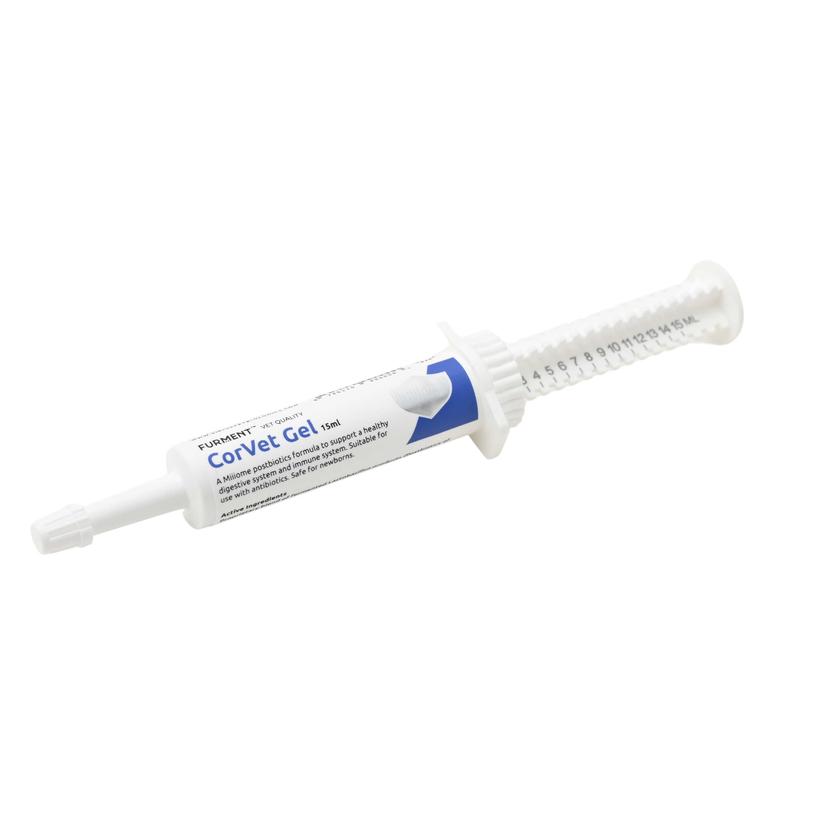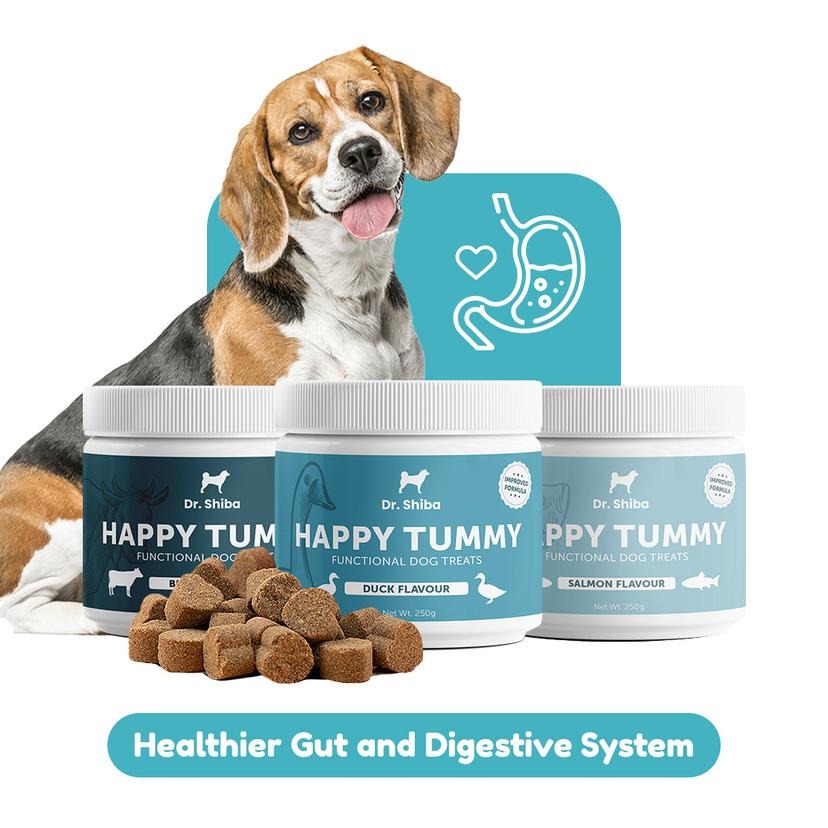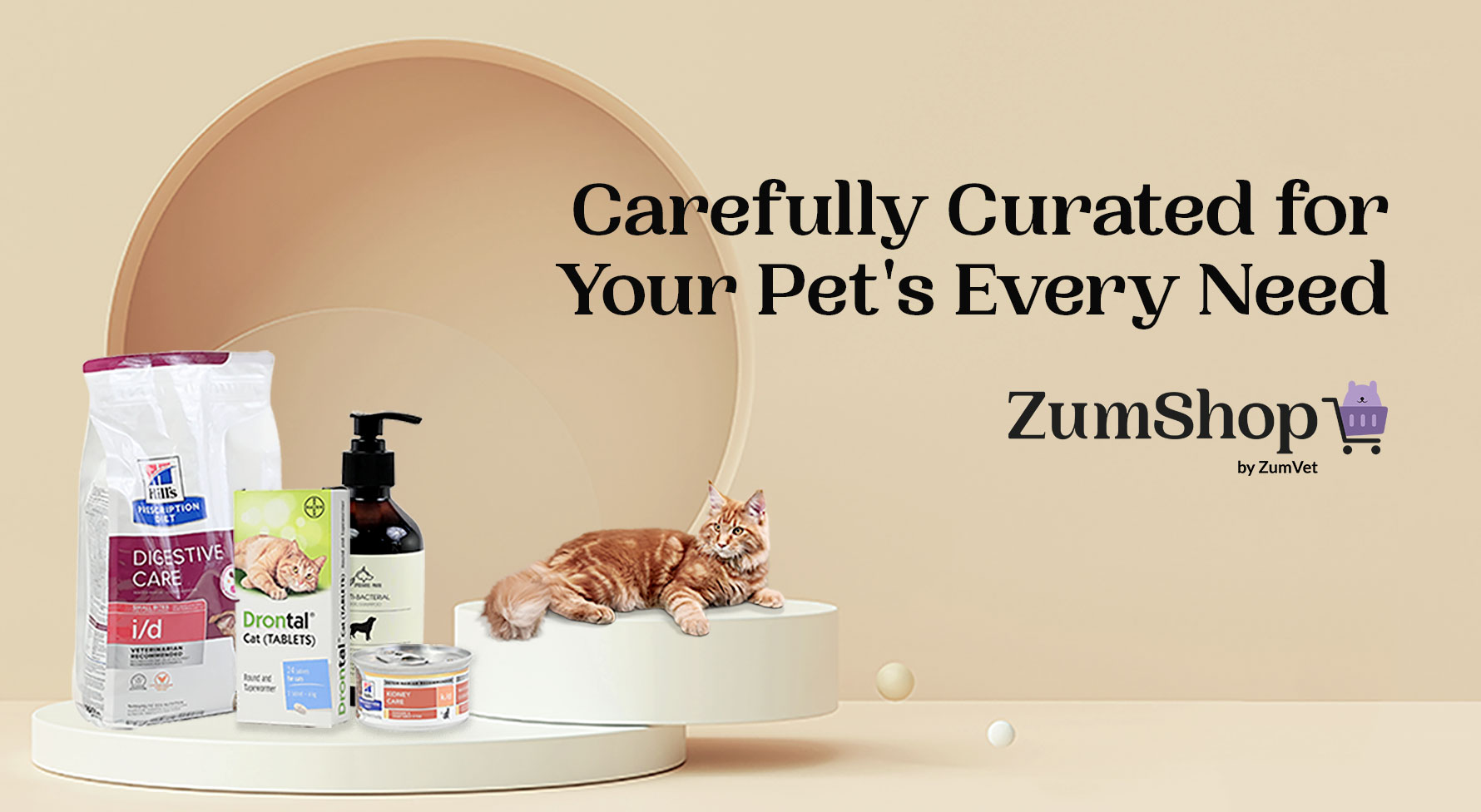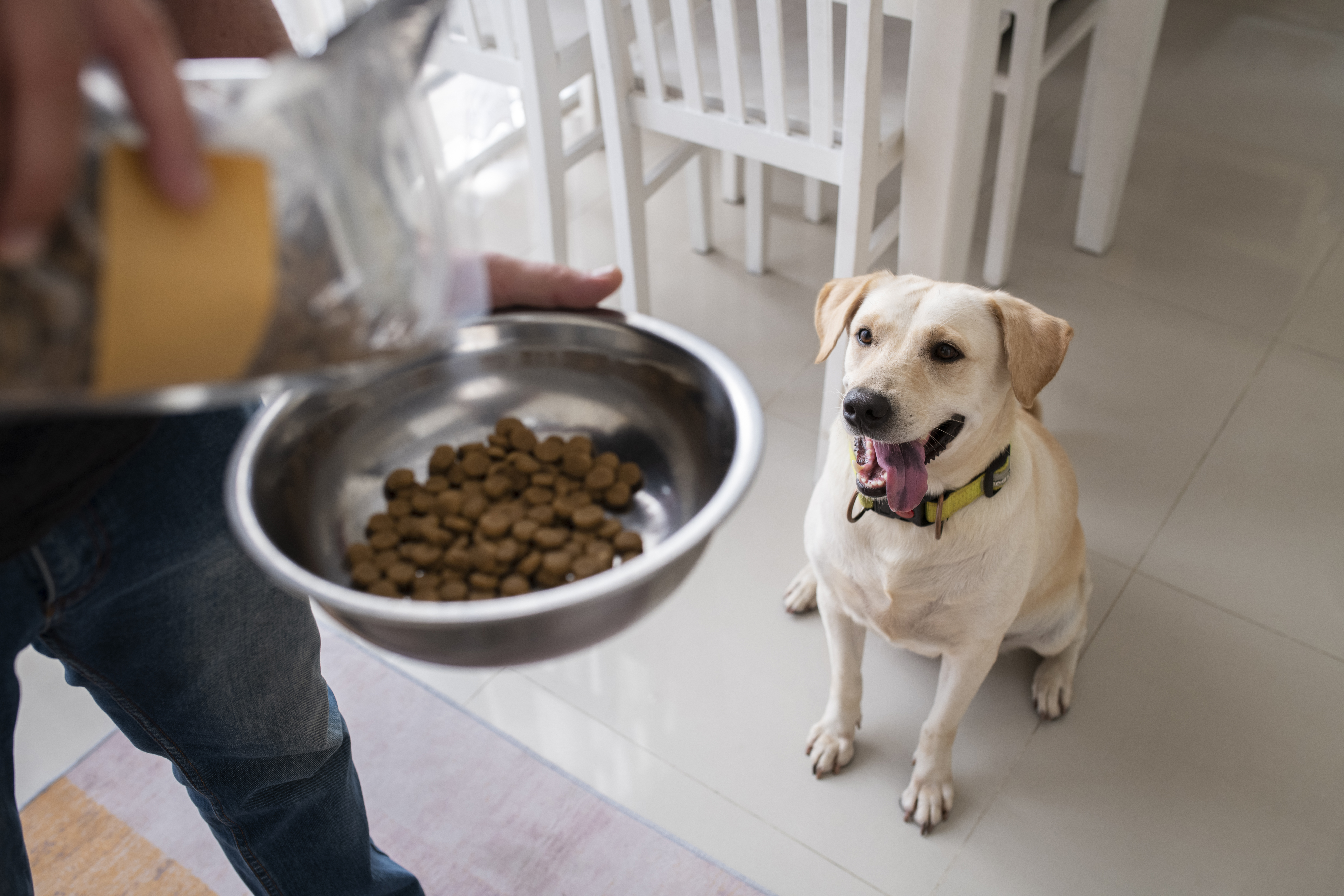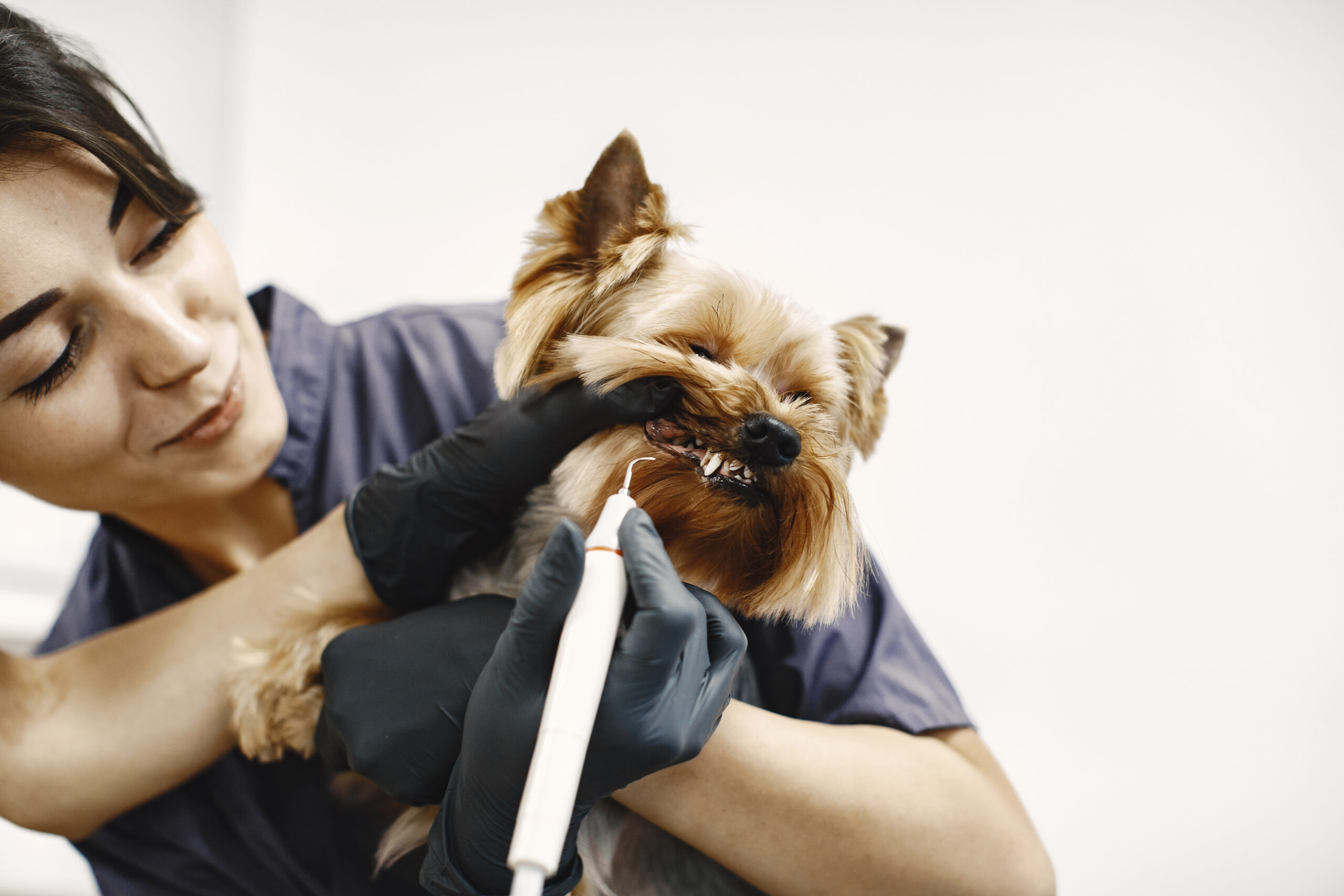Article contributed by ZumVet’s Dr. Esther Lam & Fraser Noble (Noble Canine Training)
What is fear-free handling?
Fear and force-free is the concept in any handling of animals, whether it be for veterinary medicine, training or grooming, to reduce the stress levels of the animals as far as possible. This means that the animals tend to have a greater ability to act more like themselves and makes diagnosis, treatment or training far more successful.
What are the benefits of fear-free handling for my pet?
By reducing the stress levels of your pet, diagnosis and treatment can be performed a lot more successfully and thus improve recovery and accuracy of said treatment. Stress has also been known to reduce immunity or an animal’s ability to fight off infections. In training, it means that you are able to create a much closer bond with your dog as a calm, confident leader, rather than a domineering boss. Having a much more respectful relationship with your dog increases the consistency of your pet’s behaviour and reduces the risk of aggression.
What are some signs of fear, stress and anxiety in dogs and cats? Are the signs species specific?
There are many signs of stress and anxiety, some of which are specific to breed. However, some are more generic and easy to spot:
- Wide eyes: if your dog or cat’s eyes are opened very wide to the point you can see the whites very clearly, they are stressed and scared.
- Eyes darting all over the place: This is your pet trying to find a way out, this is a very stressed out animal who is close to hitting a flight response.
- Pinned back ears, and/or tucked tail: This is an animal who feels threatened and is preparing to protect themselves if need be.
- Behavioural changes in your pet: Also signifies increased stress, this could be as simple as becoming withdrawn, or it could be increased aggression. Either way, it is time to call your vet.
There are many more signs of stress, some incredibly subtle. You may want to take a look at this article to find out more about how dogs communicate with us and each other.
If you are interested in learning more about these, book a video consultation with ZumVet or a behavioural specialist.
What are some risk factors that cause stress/fear/anxiety in pets?
Stressed animals are a risk in themselves, the more stressed, scared or anxious a pet becomes, the closer to freeze-flight-fight they are. This increases the risk of losing your pet with door dashing, escaping a leash or running away. It also increases the risk of your pet turning aggressive, as in your pet’s mind they are acting appropriately to the situation, but to many humans, it is out of nowhere. It is important to understand that animals do not bite or attack for no reason, ever.
How can I help my pet if I notice it is stressed out?
Animals respond to similar values as we do, food, love and play. Using high value food and being interactive with them will help them feel a greater bond and trust with you. This will help with stress levels. Ironically, making them work for their food helps their happiness and stress levels a lot. Basic love will also help a lot, for those pets who enjoy cuddles, these help. Note, not all cats and dogs enjoy cuddles, as such, this could actually increase stress levels.
During vet visits, avoid high traffic times (enquire for times where clinics are quieter). For dogs, a walk will help calm them down, while for cats , ask for your pet to be placed in a high, quiet environment with a towel infused with pheromones draped over the carrier.
You can also book a video consultation with ZumVet veterinarians to discuss behavioural support strategies for your pet! You will be able to take the video call from the comfort of your home, reducing the amount of stress your pet experiences.
What are some simple conditioning exercises I can do at home with my pet to help with their anxiety?
Ninja Feed: If your dog or cat sees something they would normally get over excited by or reactive to, but they don’t: Feed them something tasty quickly. You have to be fast, hence the name “Ninja”.
Slow Down: A very slow walk in a figure of 8 shape luring them with a tasty treat will help relax your dog or cat. If they are jumping for the treat, stop till they calm down then begin again. Drip feed the treats when they are calm, and do not reward if they are over excited.
Commando Game: Lure your dog or cat around your body, or under your leg and reward for completion of the movement. Get inventive and change the directions, space and difficulty of the movement. This game increases trust levels and bond, in turn ensuring a more relaxed pet when you are with them.
FAQs from our Users
How can I prepare my pet for a vet visit to reduce their anxiety?
It is important to understand that pets get stressed similarly to humans. Some people have high levels of stress and can deal with it well, others, not at all. Pets are the same. Before a vet visit, do not do anything too exciting or stressful, positive stress such as excitement of being at a dog park, can bring them closer to anxiety and overwhelm as much as a loud truck passing or another negative stressor.
For dogs, you may walk to take a calm steady paced walk, allowing a good time to sniff and relax. For cats, ensure that they see their carrier as a positive thing, feed them in there, give treats in there and make it very comfortable for them.
For certain highly anxious pets, chemical aids such as pre-visit calming medications can make the experience a more successful one. This can not only reduce stress but also prevent pets from associating vet visits with a negative experience thus resulting in worsening anxiety for future vet visits.
Make sure transport to the vet clinic is a calm ride. Play calming music and enquire about calming pheromone sprays or diffusers for your car ride to the vet. You can also book a video consultation with ZumVet veterinarians from the comfort of your home, so you don’t need to travel to a clinic!
Rescue always gnaw paws whenever we go out? What do we do?
Chewing of paws can either be medical or anxiety based. The number one cause of paw-chewing is due to itch, secondary to allergy towards food or environmental factors. A veterinary visit will be important to be able to treat and manage allergies. Owners could start by feeding dogs a commercial complete kibble with a single exotic protein, and also to wipe down paws with a slightly damp but clean cloth after walks.
With anxiety-based chewing there will be an underlying cause. In most dogs, this can be tackled using concept training. The management of this before the concept training takes effect, is by giving your dog another outlet, such as a stuffed kong or meaty bone. It is important to note that this will only be effective if you have a strong “leave it” cue to disengage your dog from the chewing of their paws.
How can I deal with my pet’s separation anxiety?
Separation anxiety is a huge topic and can be dealt with in many different ways. There are a number of ways to help your pet through training and conditioning. However, describing these in text would not do them justice, if your pet has serious separation anxiety, you should consult a professional to assist you in supporting your pet. There are also more simple measures you can take for less serious cases. Check out this article if you would like to learn more!
Does stress/fear/anxiety have anything to do with diet/nutrition?
Yes, gut health is a huge factor in behaviour and stress/anxiety. As with humans, what we eat has a massive impact on how we feel. Understanding a healthy diet for our pets is paramount to ensure that they are happy and safe, physically, mentally and behaviourally.
Interested to know more about behavioural support strategies? Book a video consultation with our ZumVet veterinarians here!


